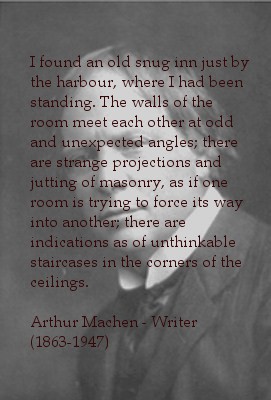1910 was the last time St. Oswald's Church was restored. Built into the walls and buttresses of the old church, many ancient carved stones were discovered which helped to shed light on the distant origins of worship at the site.
Examination of these precious finds showed that two of the stones were Anglo-Saxon, dating back to the 7th or 8th centuries. These may indicate the existence of a stone church at Lythe prior to the Viking invasion and contemporaneous with Streoshalh, the abbey of St. Hilda destroyed by the Vikings, which they renamed Whitby.
The majority of the stones are Anglo-Scandinavian, of late 9th to early 10th century origin. They are all funeral monuments, or fragments thereof. A striking crosshead is noteworthy because the face at the centre of the cross has no halo and therefore may not necessarily depict Christ.
A long heavy 'hogback' gravestone was found to show a previously unknown carving once it was cleaned of moss and lichen. A simple figure thought to represent the norse god Tyr is depicted being attacked by two wild animals, possibly wolves. He's become known as the Gingerbread Man, for obvious reasons.
 There is also a collection of later stones from the Norman church. The old walls on the North and East sides of the church were probably their work. A large stone coffin also stands in the aisle of the church as part of the permanent exhibition.
There is also a collection of later stones from the Norman church. The old walls on the North and East sides of the church were probably their work. A large stone coffin also stands in the aisle of the church as part of the permanent exhibition.
A selection of stones are on permanent display and the church is open daily. Many more are stored in the crypt and can be viewed by special arrangement.







No comments:
Post a Comment